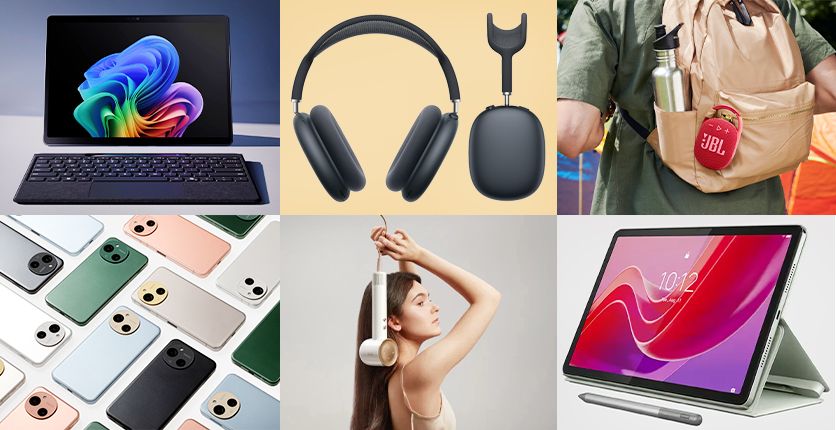The smartphone market, despite the big movers and shakers that ship millions of phones, has been semi-stagnant in the design department. In order to make people upgrade, manufacturers will keep trying new things. It’s hard to get rid of the candy-bar phone format, but that hasn’t stopped manufacturers from trying to bring back the slider and flip phones. Once a buzzword in the phone circles, the folding phone had a brief moment of fame and glory, before it was plagued by issues.
The phone as a platform for design innovation and experimentation is clearly very much alive. Phone innovation may have hit a plateau but there are new design trends that we foresee will be part of your next smartphone purchase.
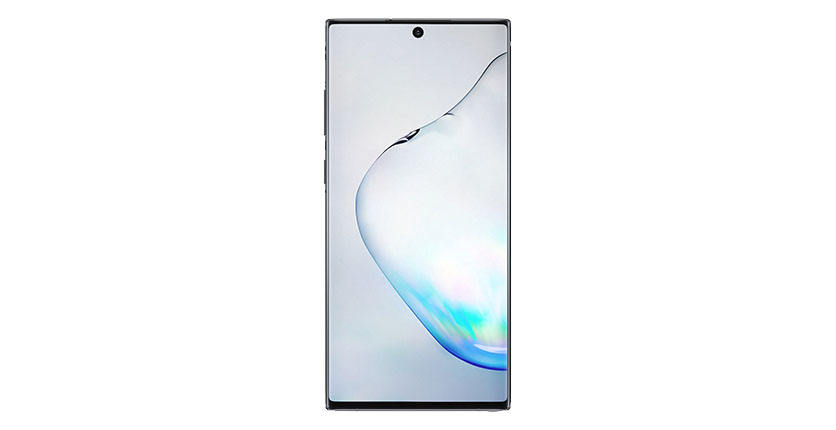
“Infinity screen” and beyond
The race to create bezel-less display smartphones is on. By doing so, everything that is on the front had to go. The fingerprint sensors have been moved onto the back of most phones to make way for an all-screen front. More recently, in-screen fingerprint sensors made an appearance on newer handsets, to ensure that the latest phones look sleek from any angle.
A screen to body ratio of 91%, is the highest available on the market today. Gone are the days of physical home buttons on the front of the phone, although you still can pick up past generation phones with a 60-70% ratio for a good deal.
Speaking of infinity screens, there is one big caveat, and that is…
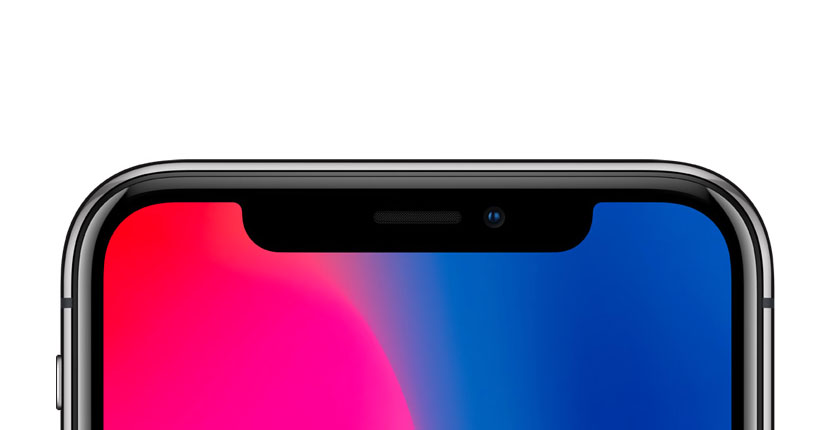
Notch Or Hole
Notch, teardrop or punch hole? These are the new terms that have been coined by the mobile phone enthusiasts to describe the attempts of smartphone manufacturers in their creative ways to integrate the front camera and sensors into an increasingly crowded phone face.
Several smartphones solve this with a pop-up camera, either manually activated or with an elaborate camera module slider system.
However, the next trend will be the in-display selfie camera has been demonstrated by two different smartphone companies, Oppo and Xiaomi. The selfie cameras are hidden underneath the screen, yet function fully as a regular camera would. No phone has been announced with this technology yet, but look out for it.
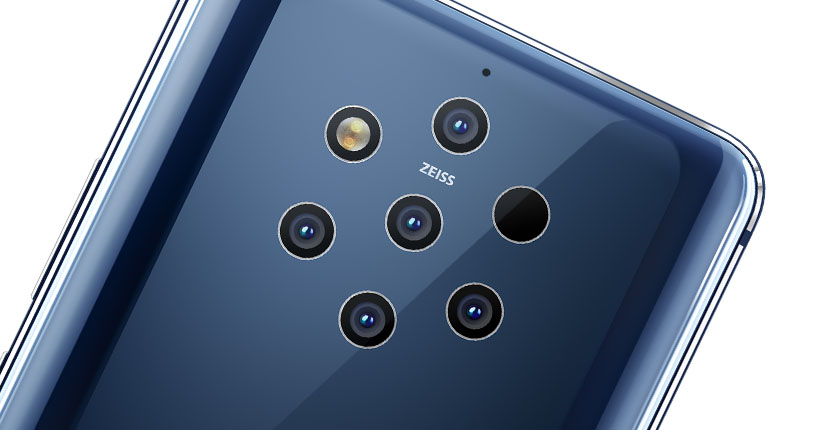
More and More Cameras
How many cameras can you fit on a phone? With the trend of squeezing in the largest screen possible on a phone, manufacturers are using the front facing camera to differentiate their phones from each other. Behold, slider and pop-up designs.
On the back of the phone though, you’re more than likely to be greeted with two or more cameras. In 2012, HTC and LG offered phones with a dual camera setup on the back of the phone, and an autostereoscopic display for viewing 3D images – that means you won’t need 3D glasses to view 3D photos.
With consumer 3D technology already fizzling out, phones with more than one camera on the back are still the norm, with many sporting a dual rear camera. The primary camera does the bulk of the photography work, while the second camera either adds clarity, or zoom capabilities.
We are seeing an increasing use of dual rear camera setup to capture photos with a depth of field measurement, allowing the software to process a portrait photo perfectly. The upcoming trend is a triple rear camera setup which includes traditional, telephoto, and ultra-wide lenses. In some phones, a monochrome camera instead of an ultra-wide is used for sharper image detail.

Lesser physical buttons and ports
3.5mm headphone jacks are going the way of the dinosaurs, even for mid-range phones. Charging ports today also double as accessory ports. Many smartphones today ship with dongles for users to plug in regular headphones via the charging ports.
The quest for a completely button-less phone isn’t that far off. Meizu already offers a phone which has no buttons or ports at all, as it relies completely on wireless interfaces for audio, charging and file transfer. Elsewhere in the market, the button genocide has claimed the existence of physical clicky home buttons, along with a dedicated fingerprint reader.
We are also witnessing the increase of eSIM (electronic SIM cards) in devices, removing the need to have a physical SIM card and a SIM slot, although most phones today offer eSIM along a traditional SIM slot to make the transition less of a pain.
There is some good to the lack of buttons. It allows manufacturers to push for a better Ingress Protection (IPX) rating. Being more environmentally-resistant means less worries of phone damage if you accidentally splash your new smartphone with fluids or drop it in the sand!
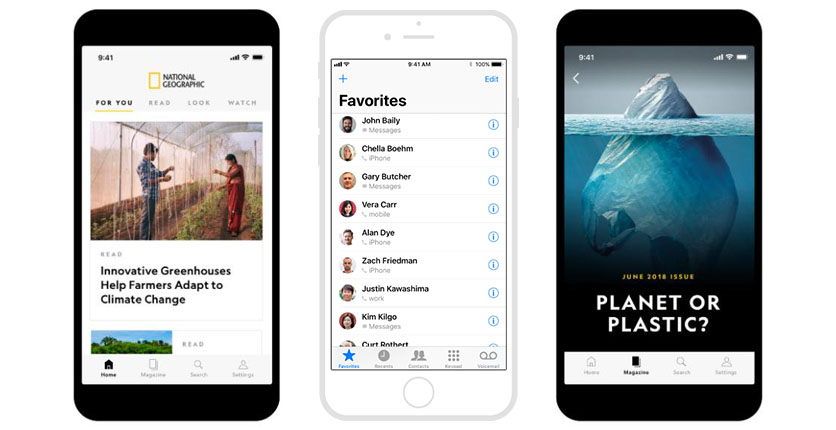
Mobile UX
The software ultimately determines your overall smartphone experience, and it’s no wonder why manufacturers are constantly updating their software to offer the next level of user interactivity. Tab bars, a shared design element with iOS and Android, are increasingly being relocated to the bottom of the screen to bring them within reach with your thumb while holding your phone.
Apps used to be designed with a square icon with bold colours. Today, almost every app icons use rounded elements and are pastel-coloured. The user interface has been beefed up with plenty of animations, to make scrolling and transitions be perceived more naturally by the user. While it lacks the tactile sensation on your fingers like a book does, there is no doubting that level of software design into the smartphone are just as important in the overall picture!





